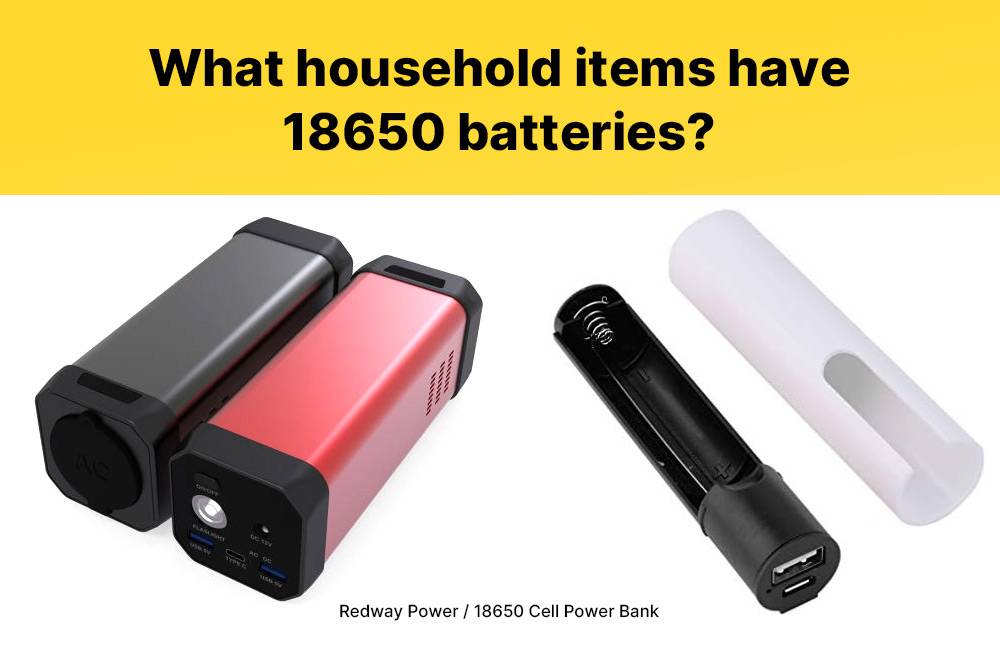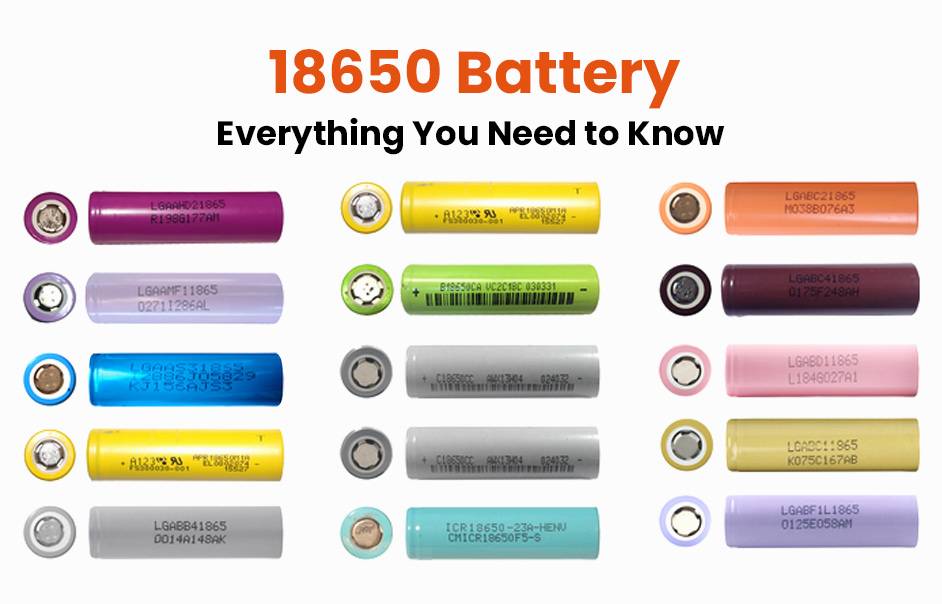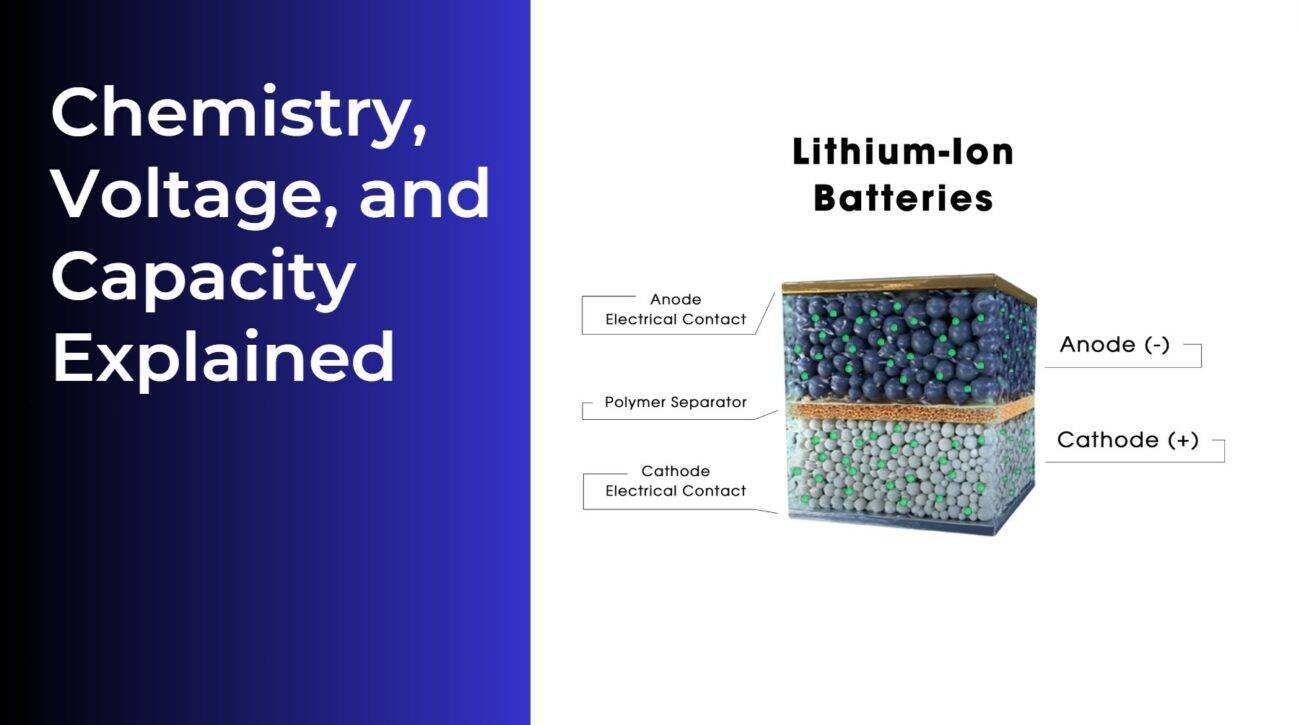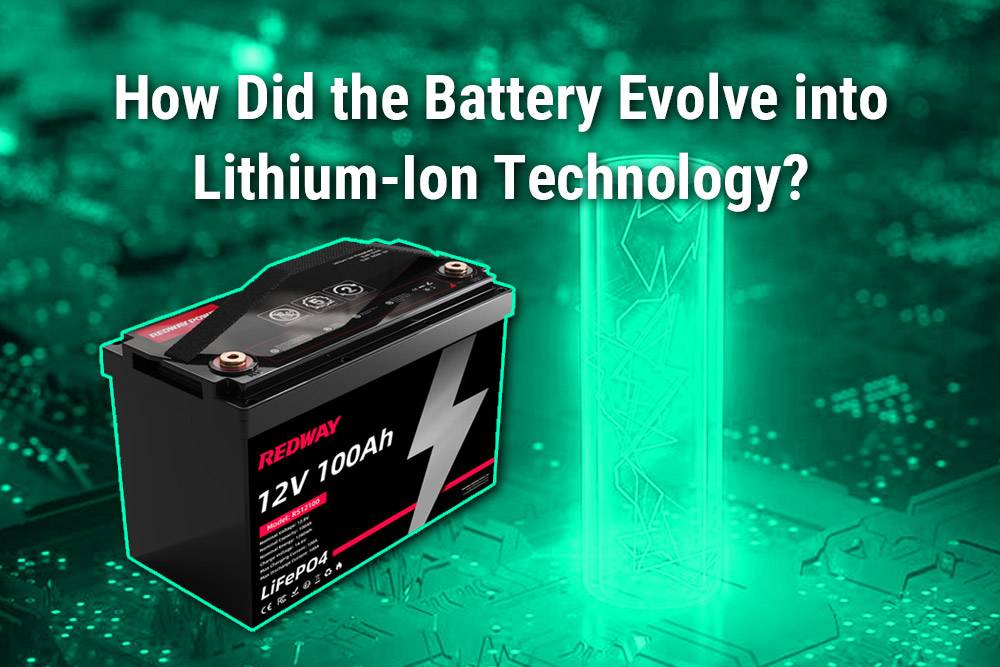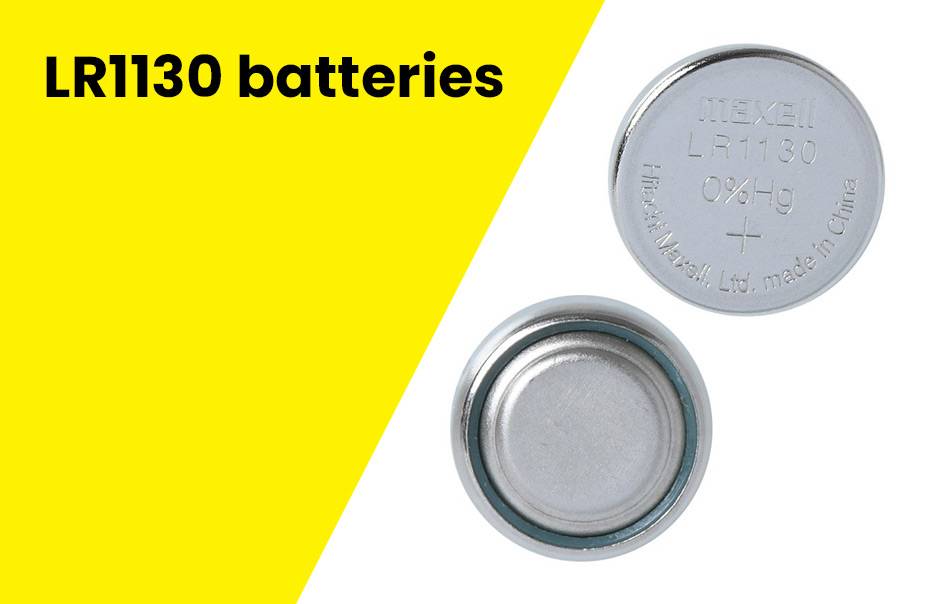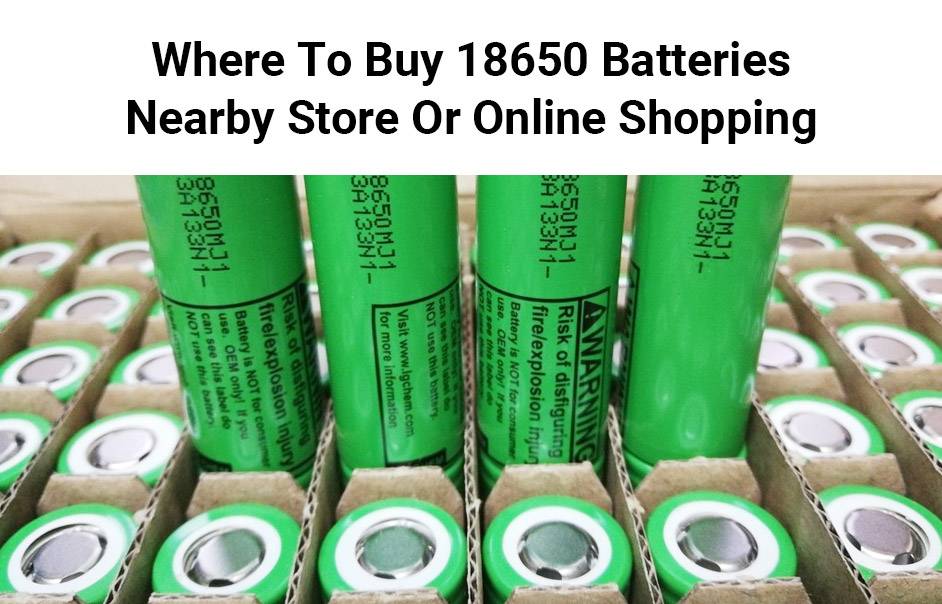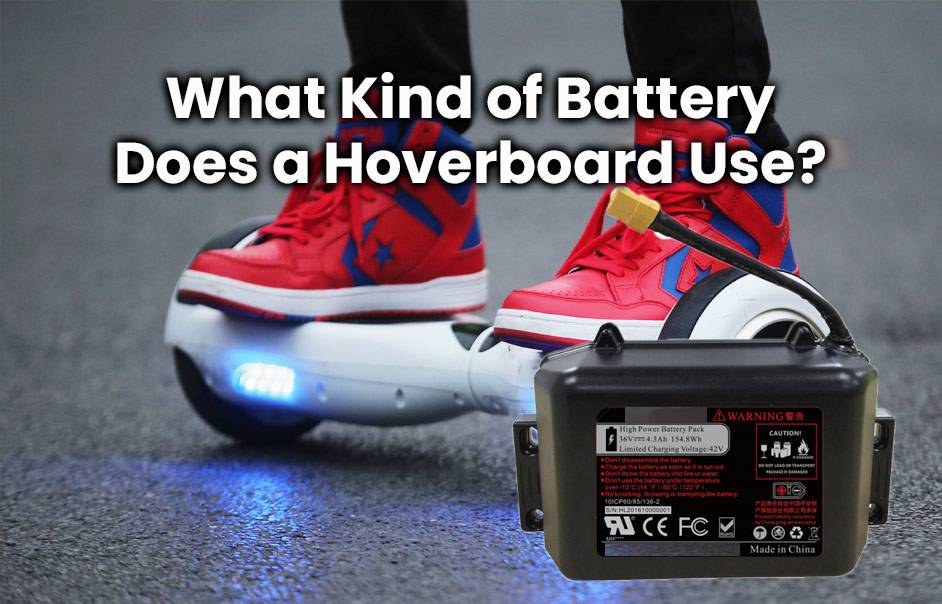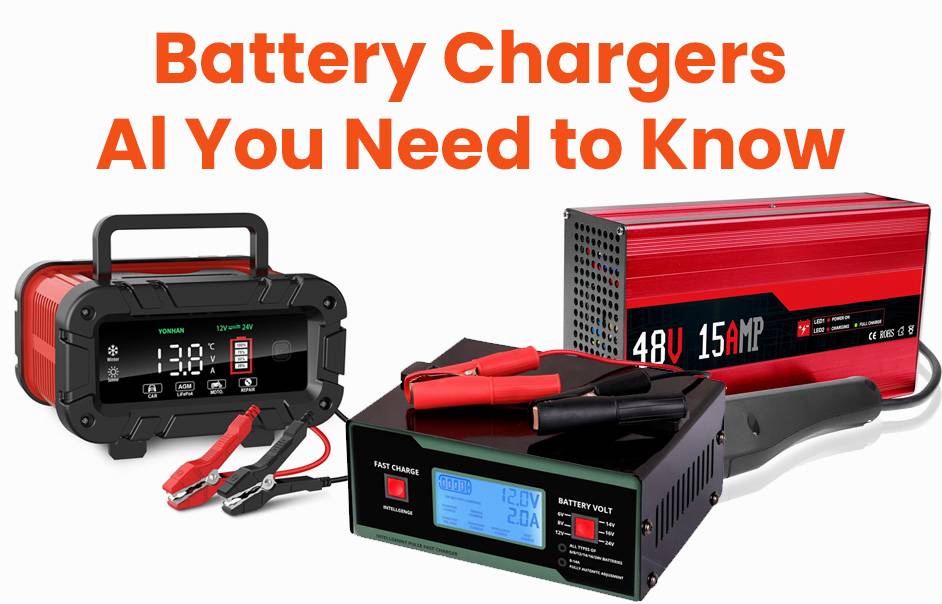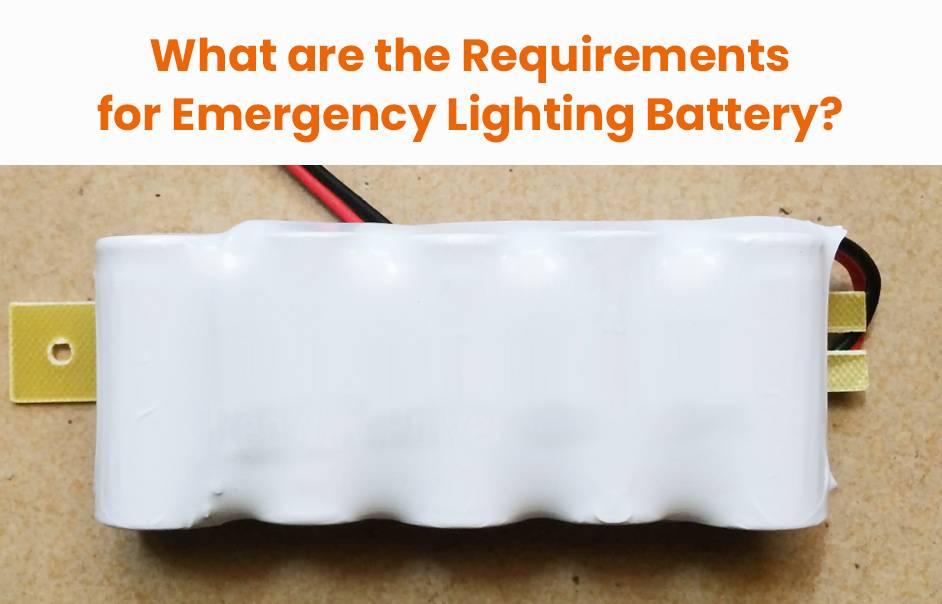Unveil the 18650 battery: a compact lithium-ion cell sized 18mm x 65mm. With a voltage range of 3.2-3.7V and capacities from 2500-3500mAh, they suit high-drain gadgets. Originally for laptops, they’ve expanded to flashlights, vaping mods, and electric vehicles. Proper maintenance ensures durability, while future advancements promise enhanced efficiency and applications.
History and Development of 18650 Batteries
Delve into the history of 18650 batteries, starting in the 1990s. Originally for laptops, they quickly expanded to various uses. Sony’s innovation in lithium-ion chemistry overcame nickel-cadmium limitations. Continuous advancements enhance capacity, efficiency, and safety. Today, 18650 batteries power diverse devices, from flashlights to electric vehicles. Future promises include higher energy densities and faster charging, signaling a bright future for these versatile batteries.
- Laptop Origins: Originally designed for laptops, 18650 batteries quickly outgrew their initial purpose, showcasing remarkable versatility that led to widespread adoption in various applications.
- Revolutionizing Lithium-Ion Chemistry: Developed by Sony Corporation, the 18650 battery, named after its dimensions (18mm x 65mm), marked a significant advancement by introducing lithium-ion chemistry.
- Overcoming Limitations: Addressing the limitations of nickel-cadmium and nickel-metal hydride batteries, the 18650 battery offered higher capacity, improved energy density, and eliminated memory effect.
- Continuous Advancements: Manufacturers have continuously refined electrode materials, electrolyte compositions, and cell designs to enhance capacity, efficiency, and safety, propelling the evolution of 18650 batteries.
- Impressive Capacities: Today’s 18650 batteries boast high capacities ranging from 1500mAh to over 3500mAh, powering an array of devices from flashlights to electric vehicles and renewable energy systems.
- Future Innovations: As technology advances, the future promises innovations in 18650 batteries, including increased energy densities, faster charging, and enhanced safety features, marking an exciting era for this versatile power source.
In reflection, the journey of the 18650 battery, from its humble beginnings to its integral role in powering modern gadgets and electric vehicles, is a testament to the continuous strides in battery technology.
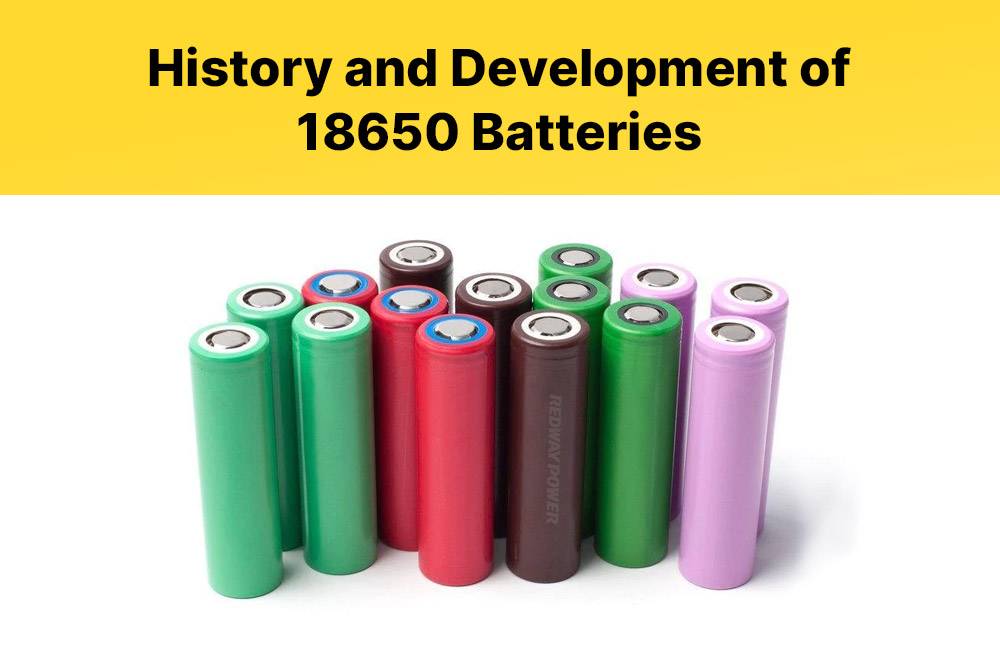
Characteristics and Features of 18650 Batteries
Explore the features of 18650 batteries: Compact size, high energy density, rechargeable, reliable power, safety features, and future innovations. These traits make them ideal for various devices, offering steady power, eco-friendly usage, and ongoing advancements for improved performance.
- Compact Marvels: Measuring 18mm in diameter and 65mm in length, 18650 batteries’ compact size enhances their versatility, making them ideal for various applications.
- Energy-Dense Dynamo: With high energy density, these batteries store a substantial amount of energy relative to their size, ensuring prolonged power for devices like flashlights and vape mods.
- Eco-Friendly Rechargeability: A standout characteristic is their rechargeability, allowing multiple uses and reducing waste – an environmentally friendly choice that also saves money.
- Consistent Power Stream: Impressive discharge rates and voltage stability throughout usage make 18650 batteries reliable power sources, delivering a steady stream of power without significant fluctuations.
- Built-in Safety Assurance: Many models feature built-in protection circuits, preventing overcharging, overheating, and short-circuiting for enhanced safety in various devices.
- Future-Ready Advancements: Ongoing technological advancements lead to lithium-ion variants with higher capacities and improved performance, promising even more exciting developments in the future.
In conclusion, the diverse characteristics and features of 18650 batteries make them highly sought-after for applications requiring dependable power sources. From electronics enthusiasts to professionals and vape enthusiasts, the versatility and performance of these small yet mighty cells are undeniable.
Common Uses for 18650 Batteries
Discover the versatile uses of 18650 batteries: powering devices like laptops, smartphones, and tablets; illuminating tools such as flashlights and headlamps; providing long-lasting power for electronic cigarettes; fueling hybrid cars and electric vehicles; enabling efficient performance in professional tools like cordless drills; and serving as backup storage in solar panels and renewable energy systems.
- Portable Electronics Powerhouse: 18650 batteries are integral in laptops, tablets, and smartphones, ensuring extended usage periods and cost-effective recharging.
- Illuminating Brilliance: Widely used in flashlights and lighting devices, 18650 batteries provide consistent and reliable power output for dark areas or emergency situations.
- Vaping Vitality: Embraced by the vaping industry, 18650 batteries power electronic cigarettes, offering vapers long-lasting performance and easy replacements.
- Eco-Friendly Transportation: Electric vehicles (EVs) and hybrid cars leverage the high energy density of 18650 batteries, enabling longer travels on a single charge without compromising performance.
- Professional Power Tools: Professionals rely on 18650 batteries to fuel cordless drills, saws, and impact drivers, delivering excellent performance under demanding conditions without impeding workflow.
- Renewable Energy Backup: In solar panels and renewable energy systems, 18650 batteries serve as backup storage solutions during periods of scarce or unavailable sunlight.
From personal electronics to automotive advancements and beyond, the demand for reliable and efficient 18650 batteries continues to soar, showcasing their unparalleled versatility.
How to Choose the Right 18650 Battery for Your Needs
When selecting the right 18650 battery, consider capacity, voltage, discharge rate, brand reliability, size compatibility, and purchasing from reputable sources. Prioritize capacity for power needs, match voltage with device requirements, and ensure the battery fits device specifications. Research reliable brands and buy from trustworthy sellers for safety and authenticity.
- Capacity Matters: Prioritize capacity based on energy storage requirements. Opt for higher capacities for high-drain devices like flashlights or vaping mods.
- Voltage Variations: Be aware of voltage differences; while most 18650 batteries have a nominal voltage of 3.7V, specialized models may offer variations like 3.6V or 4.2V.
- Discharge Rate Importance: Check the discharge rate or current rating, indicating the battery’s power delivery capacity without overheating. Match it with your device’s requirements.
- Brand Reliability: Research brand reliability and performance variations, as different brands may offer diverse levels of quality. Choose reputable sources for authentic batteries meeting safety standards.
- Size Compatibility: Ensure the battery size aligns with your device’s specifications, as not all sizes are universally compatible.
- Purchase from Reputable Sources: Always buy from trustworthy sources to guarantee authenticity and compliance with safety standards.
In conclusion, understanding your device’s requirements is crucial for selecting the perfect 18650 battery that aligns with your usage needs and ensures optimal performance.
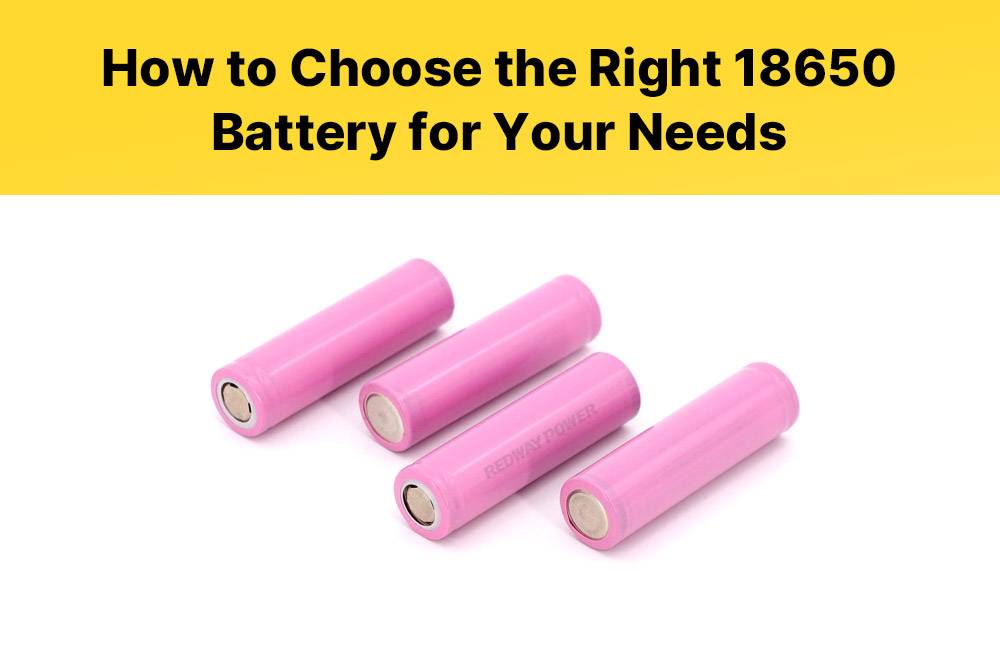
Can you use AA batteries instead of 18650 batteries?
No, AA batteries cannot replace 18650 batteries effectively due to voltage, rechargeability, and size differences. AA batteries have 1.5 volts, non-rechargeable, and smaller. In contrast, 18650 batteries offer 3.6 volts, rechargeability, and larger size, making them unsuitable substitutes for high-power devices like flashlights and vaping devices.
Here are the specific differences in power output, rechargeability, and size between AA and 18650 batteries:
- Power Output:
- AA batteries typically have a nominal voltage of around 1.5 volts.
- In contrast, 18650 batteries have a higher nominal voltage, usually around 3.6 volts per unit.
- Rechargeability:
- AA batteries are generally not designed for rechargeable use and are often disposable.
- On the other hand, 18650 batteries are specifically designed to be rechargeable, allowing for multiple recharge cycles.
- Size:
- AA batteries are smaller and have dimensions of approximately 14.5mm in diameter and 50.5mm in length.
- In contrast, 18650 batteries are larger, with dimensions of approximately 18mm in diameter and 65mm in length.
These differences in power output, rechargeability, and size make AA batteries unsuitable substitutes for 18650 batteries in devices that require higher power and rechargeable capabilities, such as flashlights, vaping devices, and electronic gadgets.
What household items have 18650 batteries?
Tips for Proper Care and Maintenance of 18650 Batteries
Proper care of 18650 batteries is crucial for long-lasting performance. Follow these simple tips:
- Storage: Keep batteries in a cool, dry place away from extreme temperatures and sunlight.
- Prevent Overcharging: Use chargers with built-in protection to avoid overcharging.
- Avoid Full Discharge: Maintain a charge above 20% to extend battery lifespan.
- Regular Cleaning: Clean battery contacts with a soft cloth dampened with rubbing alcohol.
- Handle with Care: Avoid dropping or damaging batteries.
- Moisture Protection: Keep batteries away from humid environments.
How to Safely Charge 18650 Battery?
Charge your 18650 battery safely by using a compatible charger. Insert it correctly, connect the charger to a power source, and don’t leave it unattended. Once charged, store it in a cool, dry place. Avoid overcharging to maintain battery health. These steps ensure your battery lasts longer and powers your devices reliably.
Let’s break down the steps for safely charging your 18650 battery:
- Get the Right Charger: Make sure you have a charger specifically designed for 18650 batteries. Using the wrong charger can damage your battery or even cause safety hazards.
- Insert Correctly: Once you have the charger, insert your 18650 battery correctly, paying attention to the polarity markings to avoid any mishaps.
- Connect to Power Source: Plug your charger into a power source, such as a wall outlet or USB port. Ensure the connection is secure.
- Avoid Unattended Charging: Never leave your battery charging unattended. This can lead to overcharging, which can degrade battery performance and even cause safety risks.
- Remove When Fully Charged: Once the charging cycle is complete, remove the battery from the charger promptly. Overcharging can shorten the lifespan of your battery.
- Store Safely: After charging, store your 18650 battery in a cool, dry place away from direct sunlight or extreme temperatures. This helps maintain its performance and longevity.
- Prevent Overcharging: Overcharging your battery can reduce its capacity over time. To avoid this, remove the battery from the charger once it’s fully charged.
By following these simple steps, you can safely charge your 18650 battery and ensure it remains in good condition for extended use. Always prioritize safety and proper care to get the most out of your battery.
These guidelines ensure your 18650 battery charges safely and maintains optimal performance for your electronic devices.
How Long Does it Take to Charge an 18650 Battery?
Curious about 18650 battery charging times? Typically, it takes 4 to 6 hours for a standard 2500mAh battery to fully charge. But this can vary based on factors like charger type and battery capacity. To speed things up, consider a fast charger, but be cautious not to overcharge, which can harm the battery.
Safety Precautions When Using 18650 Batteries
Safety is vital when handling 18650 batteries to prevent accidents. Here are key precautions:
- Handle Carefully: Avoid dropping or mishandling to prevent leakage or explosion.
- Charge Safely: Use designated chargers to avoid overcharging and overheating.
- Storage Caution: Store in a cool, dry place away from sunlight and flammable items.
- Proper Disposal: Recycle responsibly; never dispose of in regular trash.
- Temperature Awareness: Avoid extreme temperatures to prevent battery failure or combustion.
By following these precautions, you can use 18650 batteries safely and effectively.
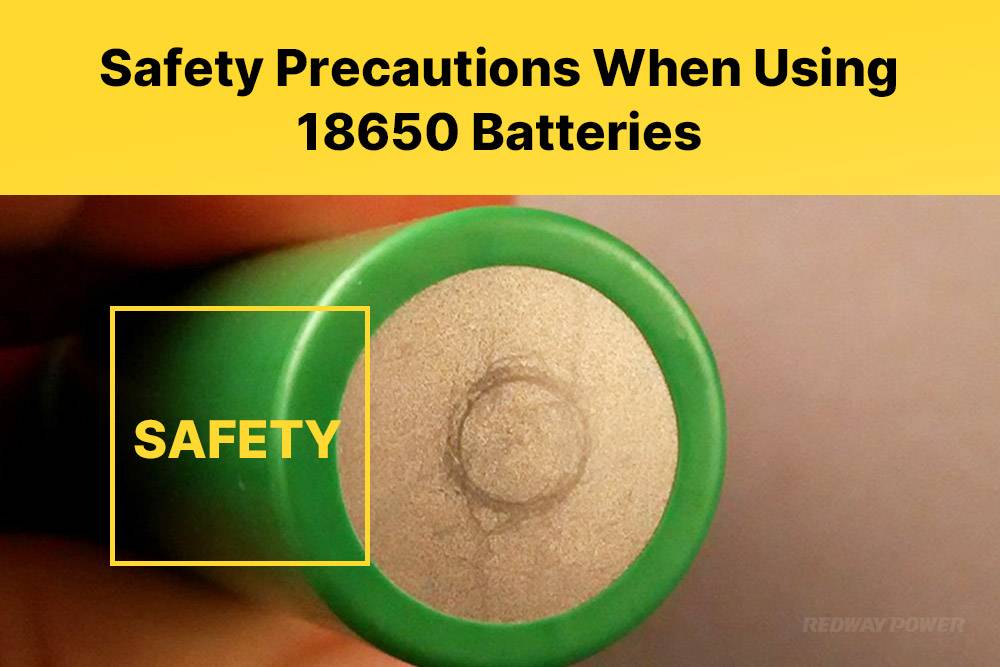
FAQs
Are Portable Fans Available That Operate on 18650 Batteries?
What Creative Uses Are There for 18650 Batteries During Power Outages?
Are There Radios That Utilize 18650 Batteries?
What Other Consumer Products Use 18650 Batteries?
Are Laptops and Electric Vehicles Known to Use 18650 Batteries?
What Other Devices Can Use 18650 Batteries Besides Flashlights?
More FAQs
What is an 18650 battery?
An 18650 battery is a lithium-ion rechargeable cell with a voltage of 3.7V and a capacity range between 1800mAh and 3500mAh. They come in two types: protected and unprotected, with protected cells recommended for safety due to built-in protection circuits.
What are 18650 batteries used for?
18650 batteries find applications in various devices, including flashlights, electronics, laptops, vaping devices, and some electric vehicles like Tesla cars. They are known for their versatility and high energy density, making them suitable for diverse uses.
Are there different sizes of 18650 batteries?
Despite the name, the 18650 designation only refers to the dimensions of 18mm by 65mm. Other battery sizes, such as 14500, AA, AAA, and 21700, exist and vary in cubic millimeters. It’s crucial to note that different sizes are not interchangeable.
How many times can you recharge an 18650 battery?
Lithium-ion batteries, including 18650s, have a limited number of recharge cycles due to degradation from oxidation and electrochemical processes. However, they can typically be recharged between 300 to 2000 times, depending on the quality and usage.
Can 18650 batteries be used interchangeably with other battery sizes?
No, 18650 batteries cannot be used interchangeably with other sizes like AA or AAA batteries. Each battery size has specific dimensions and voltage ratings, and using the wrong size or type can lead to safety hazards such as fires or device damage.
What household items have 18650 batteries in them?
18650 batteries are commonly found in various household items for their reliability and longevity. Some of the household items that incorporate these batteries include flashlights, power banks, and laptop batteries. Flashlights equipped with 18650 batteries offer long-lasting power and are a popular choice for their size, weight, and performance. Power banks, essential for travelers and photographers, often utilize 18650 batteries for their robust power output and portability. Additionally, laptop batteries, while often manufactured with specific materials, frequently contain 18650 batteries due to their lithium-ion nature and ability to handle high power loads. It is crucial to ensure the correct type of 18650 battery is used to prevent safety hazards such as fires.
What household items have 18650 batteries?
Many household items utilize 18650 batteries for their power source. One common item is the flashlight, where 18650 batteries are preferred for their long-lasting performance and rechargeable capability. Flashlights equipped with 18650 batteries are becoming more popular due to their longevity, brightness, and portability. Additionally, power banks often contain 18650 batteries, providing a powerful and portable source of energy for charging devices while on-the-go. Laptop batteries, although mainly lithium-ion, frequently incorporate 18650 batteries for their power output capabilities, making them an essential component in maintaining the device’s functionality. Overall, household items such as flashlights, power banks, and laptop batteries commonly rely on the use of 18650 batteries for efficient and reliable power.
